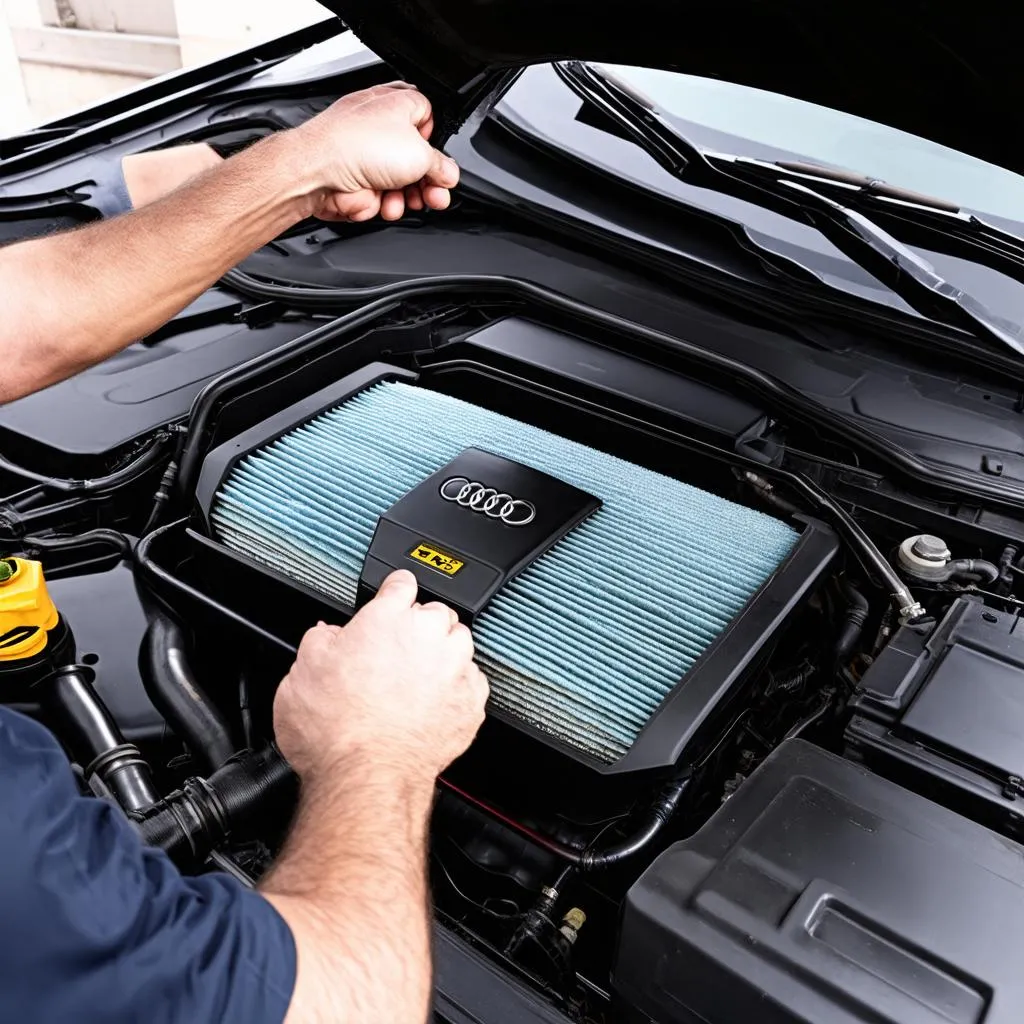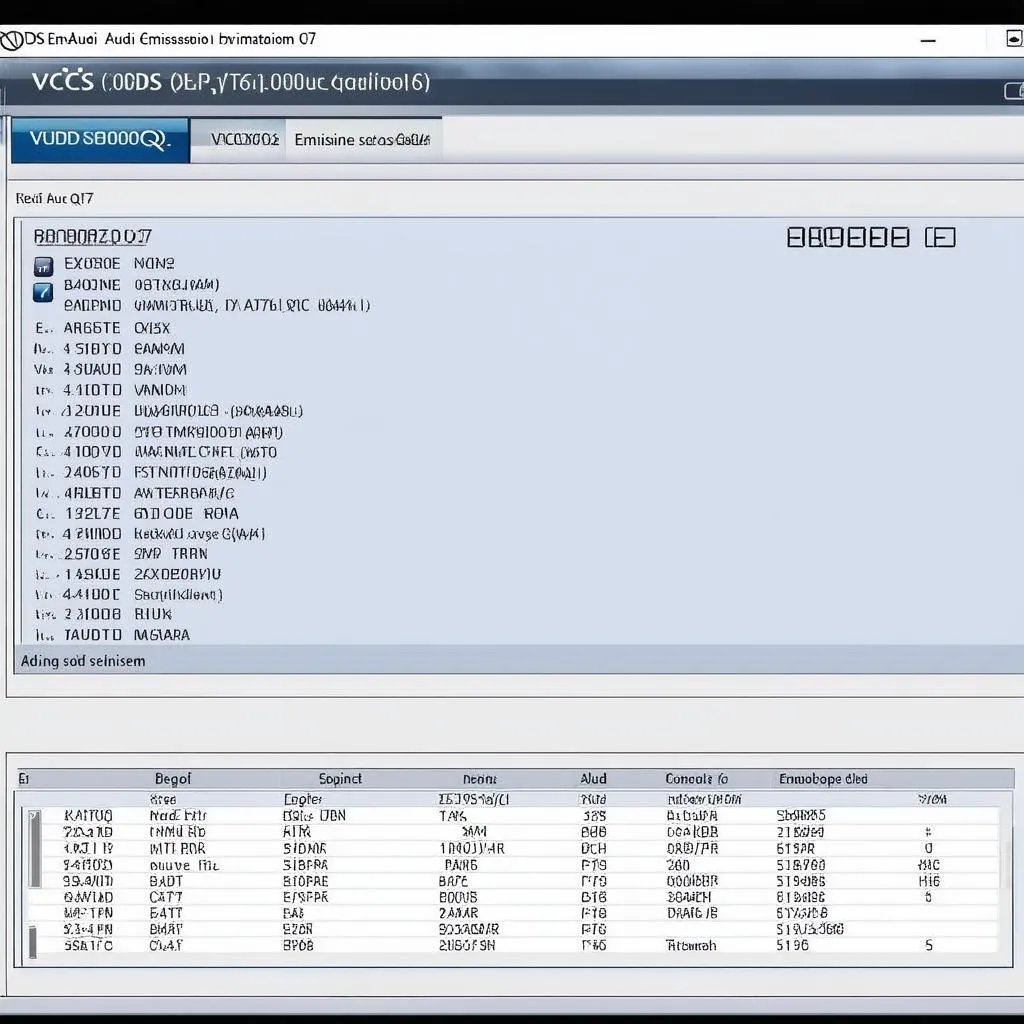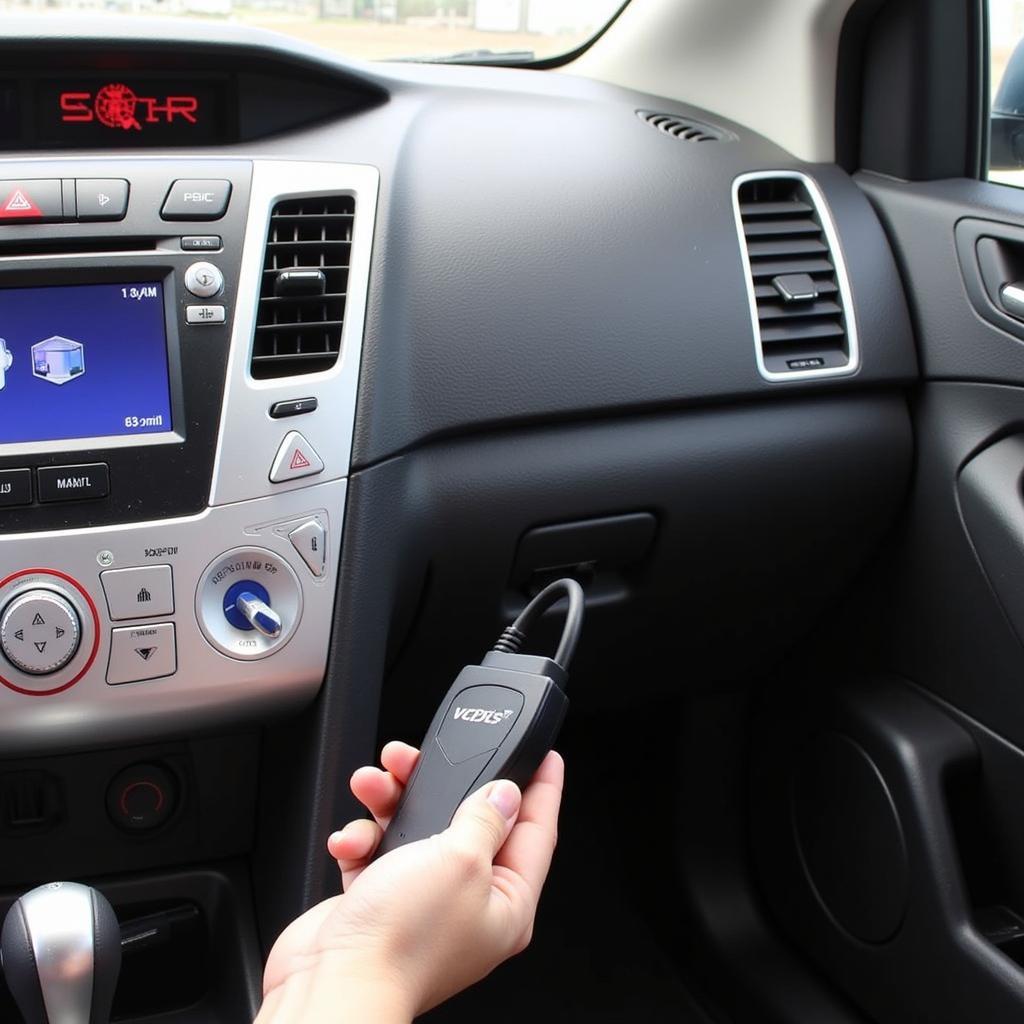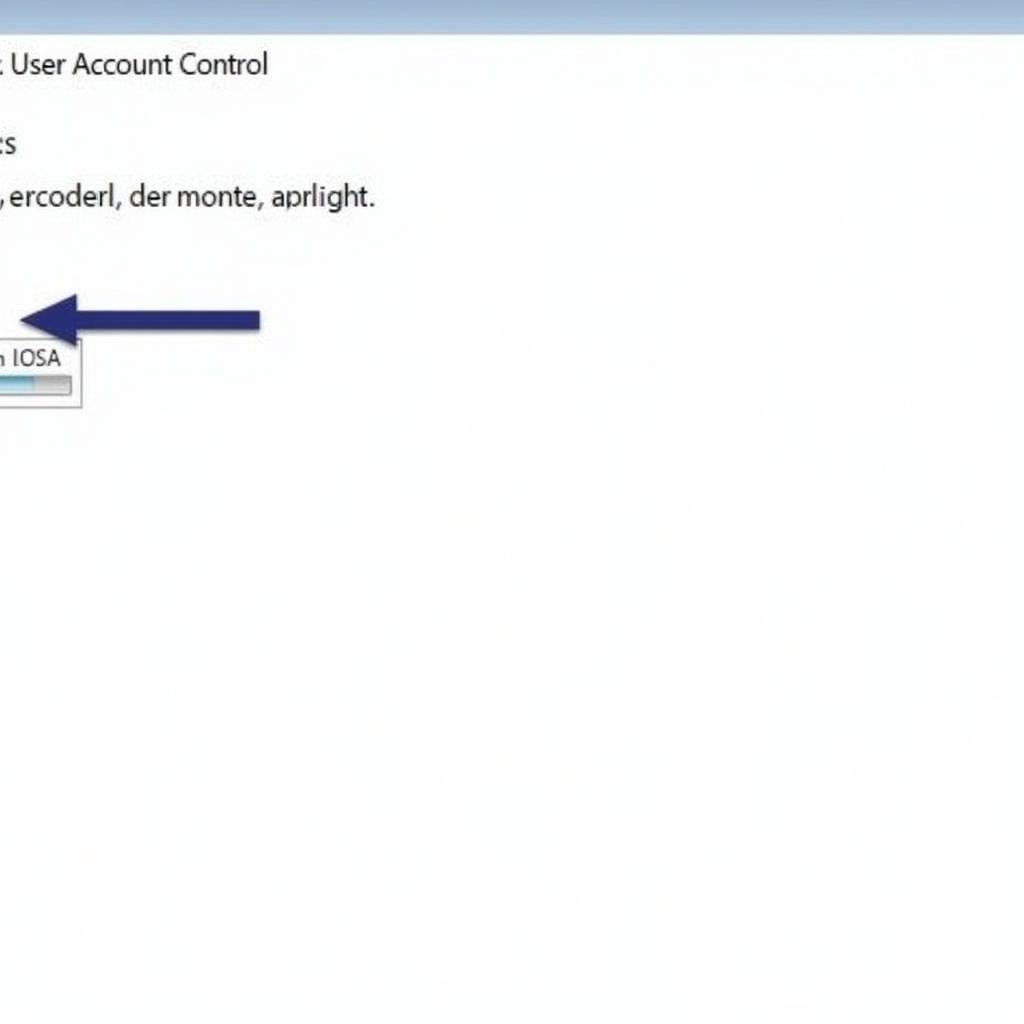Owning a modern diesel car like the Audi Q7 comes with the benefit of fuel efficiency, but it also requires understanding specific maintenance procedures. One such procedure is Diesel Particulate Filter (DPF) regeneration, which is crucial for keeping your Audi Q7 running smoothly. This guide will delve into the intricacies of Audi Q7 DPF regeneration using VCDS (Vag-Com Diagnostic System), a powerful diagnostic tool favored by professionals and DIY enthusiasts alike.
Understanding DPF and its Importance
Before diving into the specifics of DPF regeneration with VCDS, let’s first understand what DPF is and why it’s vital for your Audi Q7. DPF is an integral part of your car’s exhaust system designed to capture and eliminate soot from diesel engine emissions. Over time, the DPF accumulates soot, and a process called regeneration is needed to burn off this collected soot, converting it into harmless ash.
What is VCDS and Why Use It for DPF Regeneration?
VCDS, also known as Vag-Com, is a diagnostic software that connects to your Audi Q7’s onboard computer. It allows you to read and clear fault codes, monitor live data from various sensors, and perform advanced functions like initiating a DPF regeneration. While driving at highway speeds for an extended period can sometimes passively trigger regeneration, using VCDS provides a more controlled and efficient way to perform this essential maintenance task.
Performing an Audi Q7 DPF Regeneration with VCDS: A Step-by-Step Guide
Disclaimer: This guide provides general information. Procedures may vary slightly depending on your specific Audi Q7 model year and the VCDS software version. Always consult your vehicle’s service manual or a qualified technician for model-specific instructions.
Before You Begin:
- Ensure your Audi Q7 has at least 1/2 tank of fuel.
- Park the vehicle on a level surface in a well-ventilated area.
- Have your laptop with the VCDS software installed and connected to the car’s OBD-II port.
Step-by-Step Procedure:
- Launch VCDS and connect to your Audi Q7.
- Select “Select Control Module.”
- Choose “Engine” (usually labeled as [01-Engine]).
- Go to “Advanced Functions” then “Special Functions”.
- Select “DPF Regeneration”.
- Follow the on-screen instructions carefully.
- The regeneration process can take up to 45 minutes. Do not turn off the engine or disconnect the VCDS during this time.
- Once complete, the VCDS will display a message indicating successful regeneration.
- Clear any fault codes related to the DPF.
Important Note: If the regeneration process fails or you encounter any issues, it’s recommended to consult a qualified Audi technician.
 Audi Q7 DPF
Audi Q7 DPF
When Should You Perform a DPF Regeneration?
Several signs may indicate your Audi Q7 needs a DPF regeneration. These include:
- DPF warning light illuminated on your dashboard
- Reduced engine performance and fuel economy
- Increased frequency of automatic engine stop/start cycles
- A noticeable smell of diesel exhaust fumes
Regularly monitoring your DPF’s status through VCDS can help you stay ahead of potential issues. “Preventive maintenance is always better than dealing with costly repairs,” says automotive diagnostics expert, Dr. James Miller, author of “Modern Automotive Diagnostics and Repair.”
 VCDS Interface
VCDS Interface
Benefits of Using VCDS for DPF Regeneration
- Precise Control: VCDS allows for a controlled regeneration, ensuring the process completes effectively.
- Cost-Effective: Regular DPF regeneration with VCDS can potentially prevent costly DPF replacements down the road.
- Convenience: You can perform the regeneration yourself, saving you a trip to the dealership.
Frequently Asked Questions about Audi Q7 DPF Regeneration with VCDS
Q1: How often should I regenerate the DPF on my Audi Q7?
A: It’s best to refer to your vehicle owner’s manual for specific recommendations. However, it’s generally recommended to perform a DPF regeneration every 300-500 miles or if you notice any of the warning signs mentioned earlier.
Q2: Can I drive my Audi Q7 if the DPF light is on?
A: While you can still drive for a short distance, it’s crucial to get the DPF checked and regenerated as soon as possible. Driving with a clogged DPF can lead to severe engine damage.
Q3: Is VCDS compatible with all Audi Q7 models?
A: VCDS is compatible with most Audi Q7 models. However, it’s recommended to check the VCDS website or contact their support to confirm compatibility with your specific model year.
Conclusion
Performing DPF regeneration on your Audi Q7 is crucial for maintaining optimal engine performance and longevity. While taking your car to a dealership is an option, using VCDS empowers you to perform this procedure yourself, saving both time and money. Remember to consult your car’s manual, follow the steps carefully, and reach out to a qualified technician if you encounter any difficulties.
CARDIAGTECH offers a range of professional-grade diagnostic tools, including VCDS, to help you keep your Audi Q7 in top condition.


